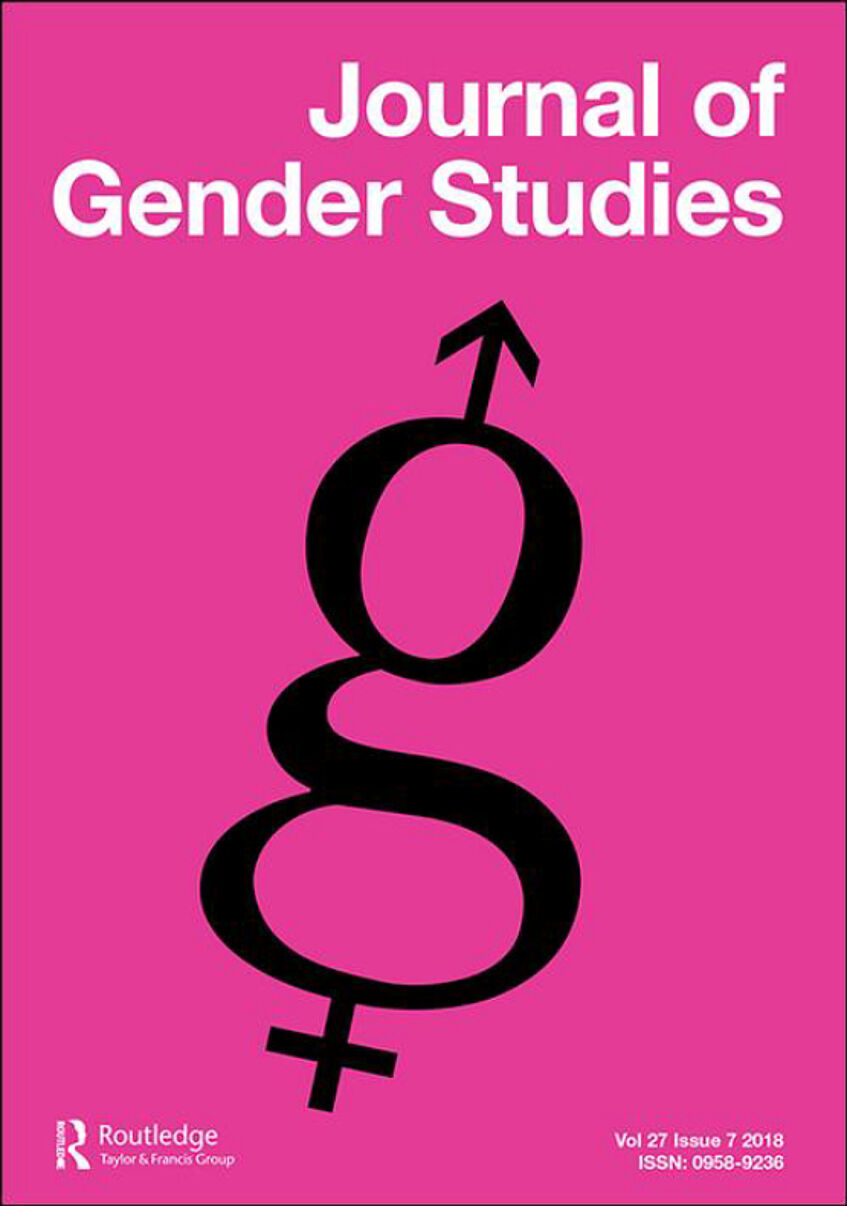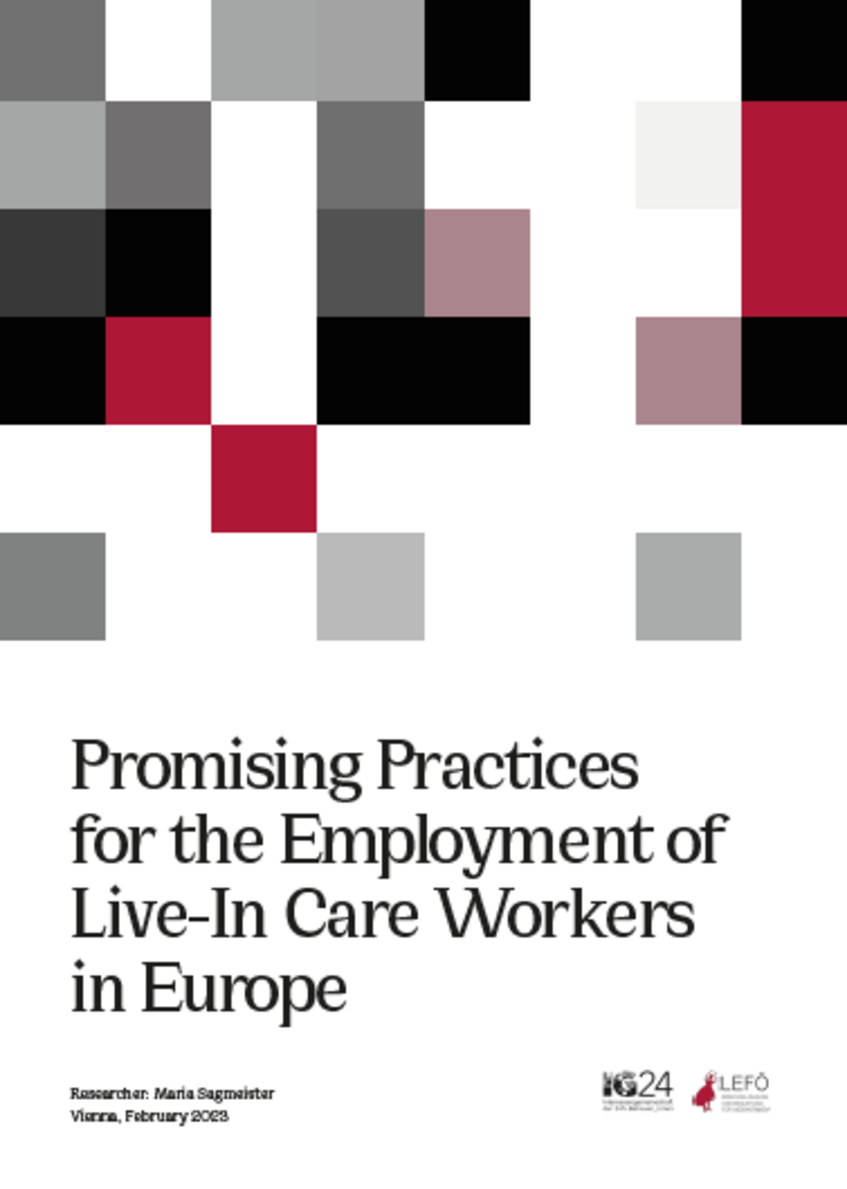The in_visibilization of emotions in politics. Ambivalences of an ‘affective democracy’
Birgit Sauer
In/Visibility and the (post-soviet) ‘queer closet’
Katharina Wiedlack
Transparent and the optics of gender(ed) identity
Sylvia Mieszkowski

In recent years, research around concepts of visibility, invisibility, their historic contingency and processuality has been growing in gender studies, cultural studies, sociology and media studies. We are proud to present this special issue, which aims to offer new perspectives on gender, sexuality and agency by paying specific attention to complex and ambivalent processes that give rise to intersectionally gendered in_visibilities, which engage actively and directly with interdependent power structures. Some of the articles collected in this issue were first presented at the GAIN-platform's inaugural conference in April 2021, others were recruited, via an open CfP by the UK-based Journal of Gender Studies, later on.
The special issue features articles by Birgit Sauer, Hans Asenbaum, Begonya Enguix Grau, Amélie Keyser-Verreault, Abigail Moreshead and Anastasia Salter, Anna-Maria Murtola and Neil Vallelly, Moritz Roemer, Sylvia Mieszkowski, and Katharina Wiedlack, drawing on a wide range of disciplinary approaches including American studies, literary and cultural studies, media studies, philosophy and intellectual history, political science, sociology and socio-cultural anthropology.
Four articles by GAIN members were published in the Journal of Gender Studies:
Gender: ambivalent in_visibilities – an editorial
Elisabeth Holzleithner, Sylvia Mieszkowski and Birgit Sauer
The in_visibilization of emotions in politics. Ambivalences of an ‘affective democracy’
Birgit Sauer
In/Visibility and the (post-soviet) ‘queer closet’
Katharina Wiedlack
Transparent and the optics of gender(ed) identity
Sylvia Mieszkowski

Im Rahmen des Projekts "Care4Care" der IG 24 entstand die Studie "Promising Practices for Employment of Live-In Care Workers in Europe", verfasst von GAIN-PostDoc Maria Sagmeister. Die Studie enthält einen europäischen Vergleich der Arbeitsbedingungen von Hausangestellten anhand von fünf ausgewählten Beispielen.